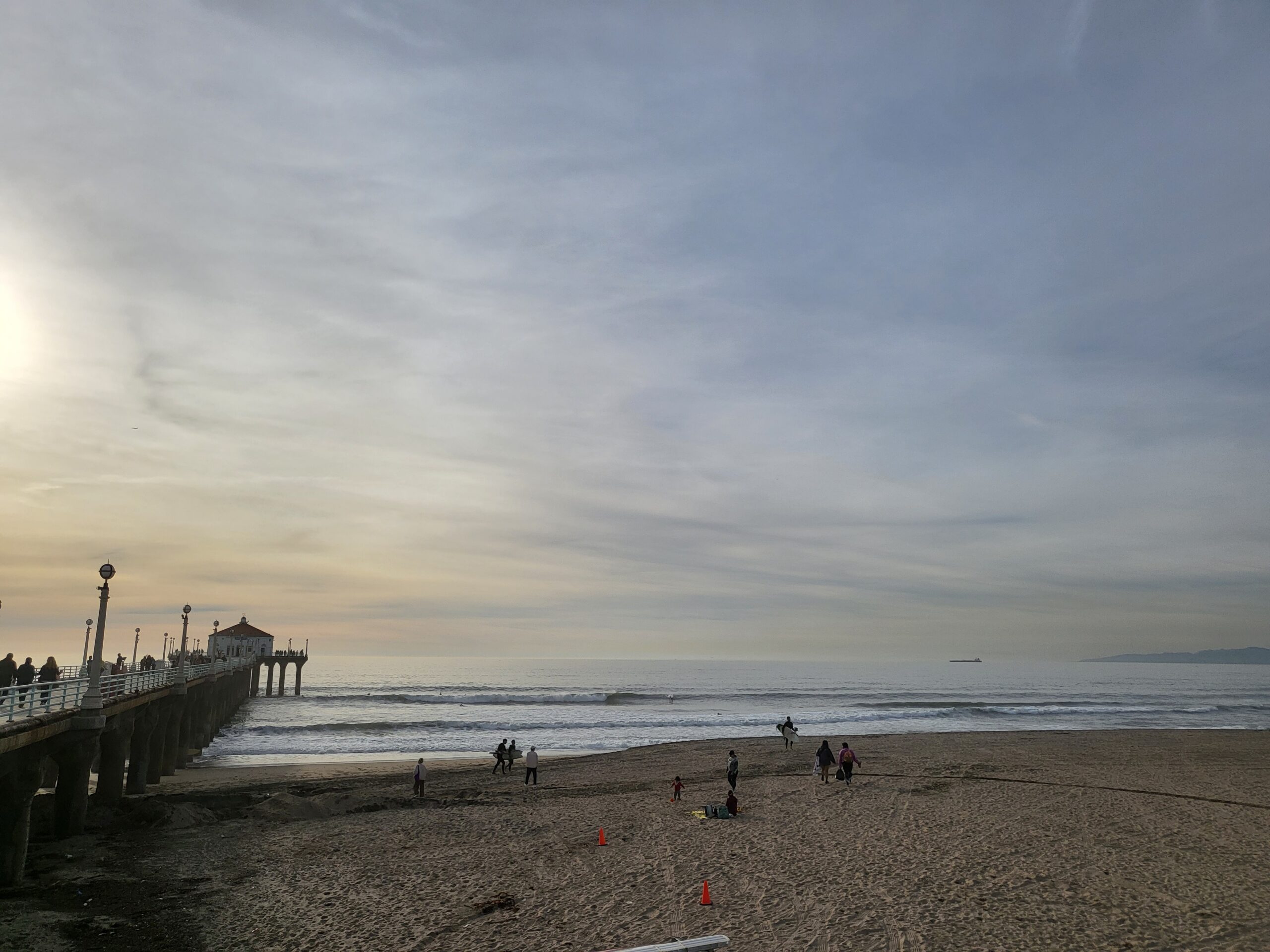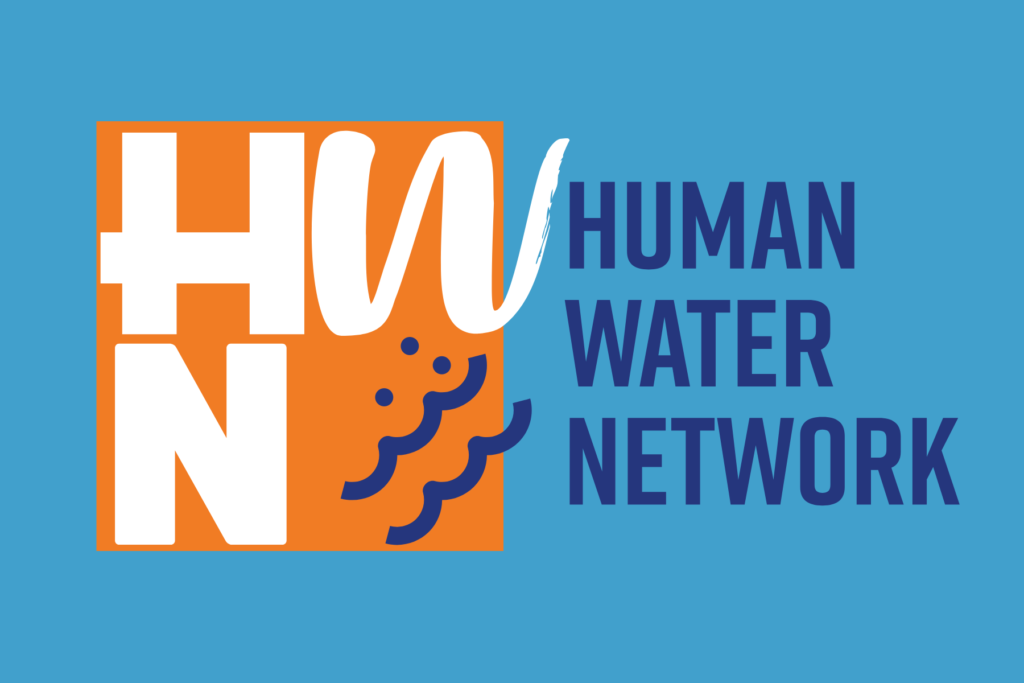Where to Start When there is so much to do…
Finding Inspiration: Choosing How to Participate in Ocean and Watershed Conservation Organizations
When it comes to ocean and watershed conservation, the opportunities to get involved are vast and diverse. Whether you’re passionate about protecting marine ecosystems, advocating for clean water, or simply looking to make a meaningful impact, there is a conservation organization or cause that aligns with your values. But with so many options, deciding where to direct your energy can be challenging. How do you find the right path to engage with ocean and watershed conservation efforts? The key is to seek inspiration and connect with a cause that resonates deeply with you.
Start with Your Passions
One of the most effective ways to choose how to participate in conservation efforts is by starting with what already excites you. Do you love spending time at the beach, kayaking through rivers, or snorkeling in coral reefs? Your hobbies and interests can guide your decision. For example, enjoy surfing or recreational boating. You might be more inclined to join organizations focusing on preserving coastal environments or preventing pollution from plastic and other debris washing up on shores. Or, if you love exploring marine wildlife, volunteering for an aquatic life protection group might be your perfect fit.
By tapping into your passion for nature, you’ll find that contributing to conservation efforts is not just work, but a source of enjoyment and purpose. Doing something you love can be a powerful motivator for long-term commitment. Remember, conservation is not just about the hard work, but also about the joy and fulfillment of giving back.
Explore Local and Global Issues
The conservation of oceans and watersheds involves various local and global issues. Taking time to learn about these challenges can inspire you to act. Is there a particular issue that calls to you? Perhaps you’re concerned about plastic pollution, coral reef degradation, overfishing, or rising sea levels. If you’re more locally focused, look into the health of nearby rivers, lakes, or coastal areas and get involved in watershed cleanups or local advocacy efforts.
On a global level, issues like climate change, biodiversity loss, and ocean acidification are pressing problems that need international collaboration. Many large-scale conservation organizations such as Greenpeace, World Wildlife Fund, and The Nature Conservancy work globally. If you feel strongly about addressing worldwide environmental challenges, getting involved with these groups can help you contribute to broader efforts while learning more about global conservation initiatives.
Understanding local and global perspectives helps you pinpoint where you’d like to contribute and grasp how different issues intersect, which can lead to a more significant impact.
Identify Your Skills and Strengths
Conservation organizations need a wide range of skills to achieve their goals. While some roles may require hands-on participation, others involve fundraising, marketing, advocacy, or policy development. Consider how your personal or professional skills might be valuable to a conservation organization. If you’re skilled in social media or digital marketing, you could help promote awareness and spread educational content for an ocean conservation group. If you have a knack for organizing events, you might assist with fundraising efforts, beach cleanups, or environmental education programs.
Even if you don’t have direct experience in environmental work, your existing talents can still be of great use. Many conservation organizations need volunteers or team members with expertise in communications, research, and legal support. By identifying what you’re good at and how you can apply those skills, you can make a significant contribution while doing something you enjoy.
Research Organizations and Their Mission
Once you’ve narrowed your areas of interest, the next step is to explore different organizations and their missions. Each conservation group will have its approach, priorities, and methods of creating impact. Look for organizations that align with your values and vision. Do they focus on scientific research, grassroots activism, education, or community engagement? Do they have a track record of successful projects?
Finding an organization whose goals inspire you and whose methods resonate with your approach to making a difference is essential. Some people may feel more comfortable working with established nonprofits that offer structured volunteering opportunities, while others prefer more grassroots, community-driven organizations that involve direct action and activism.
Take the First Step
Remember, the most crucial step in joining an ocean or watershed conservation organization is getting started. Whether it’s signing up for a newsletter, volunteering for a beach cleanup, attending a webinar on marine policy, or donating to an organization that aligns with your values, taking that first step can lead to deeper involvement over time. Start small, and as you learn more and become more connected to the cause, you can gradually increase your participation.
Remember, no matter how big or small your contribution, every effort counts in the collective fight to protect our oceans and watersheds. By finding an organization and cause that inspires you, you’re not just making a meaningful impact, but also growing as an individual. You’ll learn new skills, meet like-minded people, and deepen your connection to the natural world, all while being a valuable part of a larger movement.






